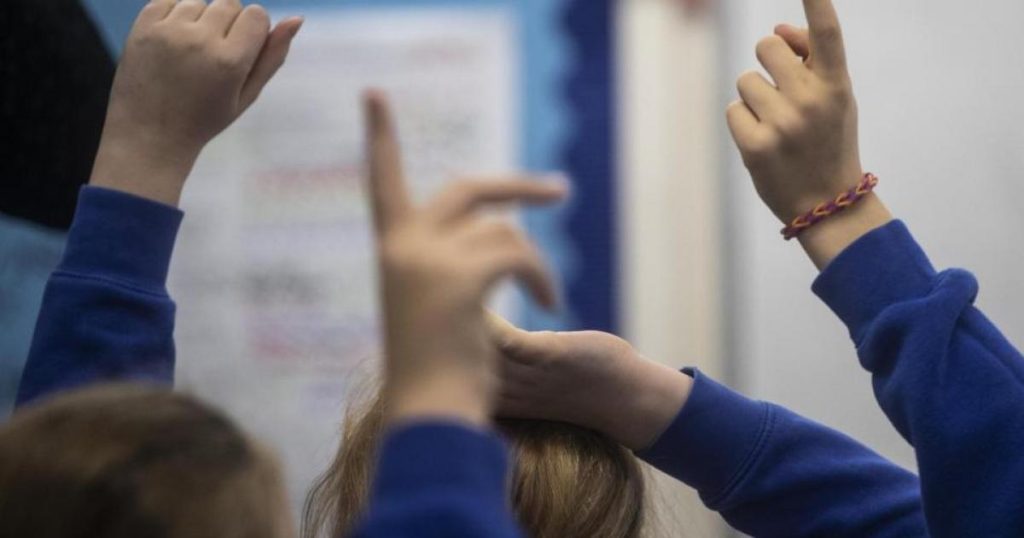In the 2023 to 2024 academic year, 2.08 per cent of school sessions in Bexley were missed due to unauthorised absence, and 1.88 per cent of pupils were classed as severely absent – meaning they missed at least half of all possible school sessions.
17.42 per cent of pupils were persistent absentees, having missed at least 10 per cent of sessions.
Across England, 2.5 per cent of sessions were missed without permission, and 2.3 per cent of pupils were severely absent – the highest figure recorded since current records began in 2006.
The data also breaks down absence rates by school phase.
In state-funded primary schools, the unauthorised absence rate in Bexley was 1.55 per cent, with 12.77 per cent of pupils persistently absent and 0.80 per cent severely absent.
In state-funded secondary schools, the unauthorised absence rate was 2.61 per cent. Here, 21.66 per cent of pupils were persistently absent and 2.89 per cent were severely absent.
In special schools, the unauthorised absence rate was highest at 4.44 per cent. More than a third of pupils—34.68 per cent—were persistently absent, and 5.30 per cent were severely absent. These figures may reflect the fact that pupils in specialist settings often have complex health or care needs which can impact attendance.
Compared to the previous year, overall absence rates in Bexley have changed slightly. In 2022 to 2023, the borough’s overall unauthorised absence rate was 2.19 per cent, with 19.66 per cent of pupils persistently absent and 1.75 per cent severely absent.
Nationally, 171,269 pupils were classed as severely absent in 2023 to 2024, up from 150,256 the year before. In 2018 to 2019, before the Covid-19 pandemic, that figure was 60,247.
The unauthorised absence rate across England also rose, from 2.4 per cent in 2022 to 2023 to 2.5 per cent in 2023 to 2024. In 2018 to 2019, the rate was 1.4 per cent.
Pepe Di’Iasio, general secretary of the Association of School and College Leaders (ASCL), said: “It is clear that there are still far too many children missing out on significant portions of their education.
“Although there are signs of improvement in some areas, the rates of persistent and severe absence remain a real concern.”
He added: “We need to accept that schools cannot solve this issue on their own and must set out clear expectations and plans for parents, government, schools and other agencies to work together in the best interests of young people.
“This must be backed with funding to ensure there is sufficient capacity in the system for all children to get any additional support they require to be able to attend school on a regular basis.
“Without investing in a strategic response to this issue, it is difficult to see how attendance rates are going to change at the scale required.”
Mr Di’Iasio said school had become “optional” for some families since the pandemic and he added that the “blunt instrument” of fines for unauthorised absences was not reversing the trend.




